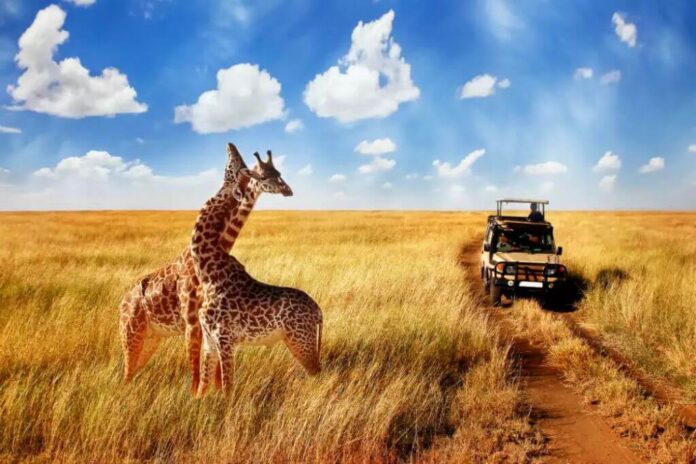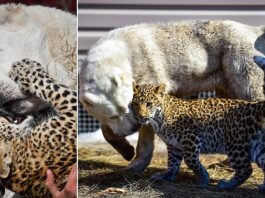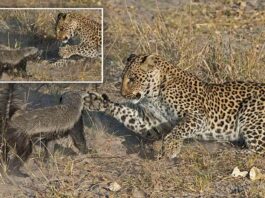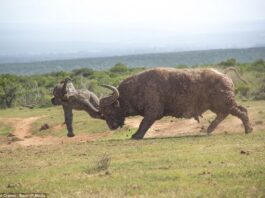With so many amazing game reserves to select from, travelers face a difficult problem in determining the perfect once-in-a-lifetime African safari experience.
From Tanzania’s protected Serengeti National Park to Botswana’s harshly wild Kalahari Desert, these are our picks for the best national parks in Africa.
Tanzania’s Serengeti National Park
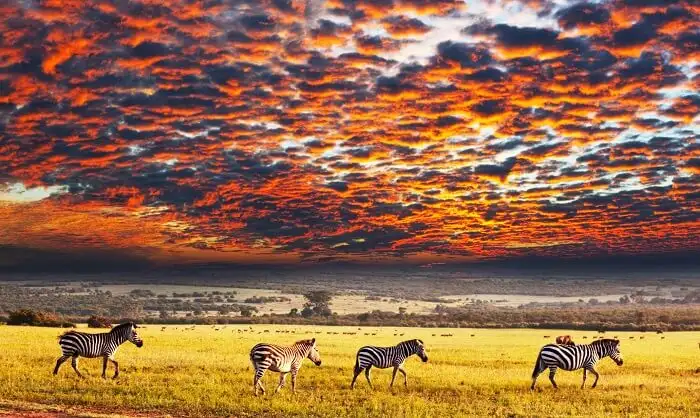
The Serengeti National Park is Africa as you’ve always pictured it: a pristine panorama of swaying grassland filled with flat-topped acacia and dotted with vast herds of wandering animals.
The Serengeti is the scene for the Great Migration (usually from June to July and January to February), widely regarded as the greatest animal display on the planet, in which over two million wildebeest, zebra, and gazelle follow the rains.
This UNESCO World Heritage Site offers the same kind of spectacular predator sightings as the nearby Masai Mara National Park in Kenya (part of the same ecosystem), but lion and cheetah chases at Serengeti are frequently seen without another vehicle in sight.
The vast stretches of plains must be crossed between sightings may irritate some visitors, but the feeling of being a dot in the vastness of Africa is part of the appeal.
Uganda’s Kidepo Valley National Park
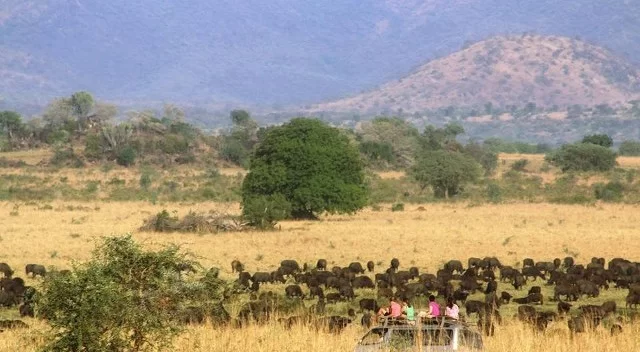
Kidepo Valley National Park is possibly Africa’s most gorgeous park.
With the vast plains of the Kidepo and Narus Valleys dominated by the brooding mountainscape of Mount Morungole (the enigmatic Ik people’s sacred peak), this park has a lot to offer just for the beauty.
Add in great animal sightings and low tourist numbers, and you’ve got yourself a winner.
The ravenous Kidepo lions hunt on wandering herds of over 4,000 buffalo (the total population in the park is estimated to be over 13,000), and herds of elephants may often be seen gliding gracefully along the valleys.
Many people are turned off by the park’s solitude, but the 12-hour drive from Kampala, Uganda’s capital, (or a pretty pricey private charter flight) is a tiny price to pay to find one of Africa’s genuine hidden jewels.
Zimbabwe’s Hwange National Park
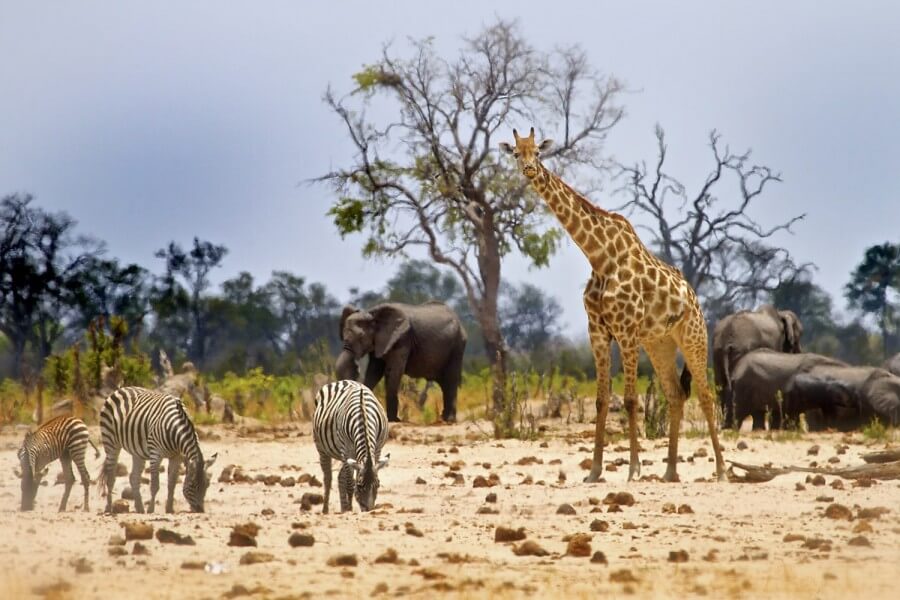
Hwange National preserve is possibly Africa’s most underappreciated wildlife preserve.
Zimbabwe’s largest national park (with nearly the same geographical area as Hawaii) is reported to have the world’s greatest diversity of animals (108 species).
It contains the highest concentration of huge land animals on the earth, but it receives so few tourists that the vast elephant population (about 46,000) outnumbers international visitors by over 200 to one.
Hwange is also great predator territory, with “super prides” of over 20 lions (strong enough to hunt young elephants), hyenas, leopards, and the fascinating painted dogs.
Kenya’s Samburu National Reserve
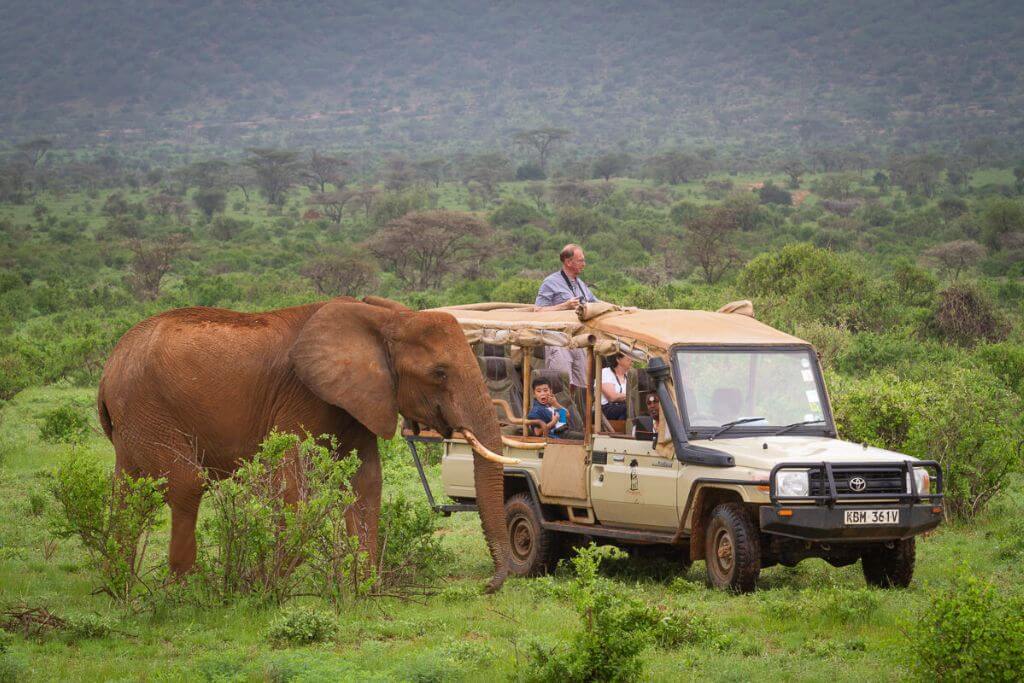
Samburu National Reserve, often eclipsed in the thoughts of visitors by the famed Masai Mara, provides a wilder side of the Kenyan safari experience.
In what was once Kenya’s Northern Frontier District, the Samburu people (sometimes confused with their southern counterparts, the Maasai) have a similarly vivid cultural appeal, but few settlements see many visitors, and the Samburu’s sense of hospitality remains legendary.
Apart from the premier league wildlife sightings that attract the majority of visitors to southern Kenya, Samburu National Reserve also has an impressive “second division” that local guides refer to as the Samburu Special Five (which includes Beisa oryx, reticulated giraffe, Grevy’s zebra, Somali ostrich, and the elegant gerenuk antelope).
Botswana’s Kalahari Desert
The Kalahari Desert, known to the San Bushmen as Kgalagadi, or The Great Thirstland, portrays Africa at its most brutally savage.
The 52,800-square-kilometer-long Central Kalahari Game Reserve is difficult to reach, and because of the aridity, wildlife is more dispersed than in the region’s other large parks.
However, this is a region of sheer adventure, and seeing herds of gorgeous gemsbok on the dazzling mirages of Deception Valley or camping amid the guttural roar of the local lion pride near Tau Pan (meaning Lion Pan) is bound to leave you feeling privileged.
Because there are no facilities in the reserve, a tour operator with experience running 4×4 convoys is required to enter this location.
However, the logistical difficulties are always fully rewarded by the adventure of a lifetime.
Zambia’s South Luangwa National Park and Kafue National Park
South Luangwa National Park (Zambia’s wildlife flagship) is a solid favorite among many serious safari enthusiasts due to its undisturbed nature and stunning concentration of species.
Meanwhile, twice the size, Kafue National Park attracts safari enthusiasts with its exceptional lion and leopard sightings and incredible diversity of antelope species, many of which are rarely seen elsewhere.
The Big Five are relatively prevalent here, with the exception of rhino. Lions and cheetah are frequently spotted hunting on the Busanga Plains, and you can spot leopards and painted dogs from a boat on the Lufupa River.
Zambia (together with Zimbabwe) is regarded for having some of the greatest guides in the business, and walking safaris and night drives are activities that are rarely available in other areas’ national parks.
Namibia’s Etosha National Park
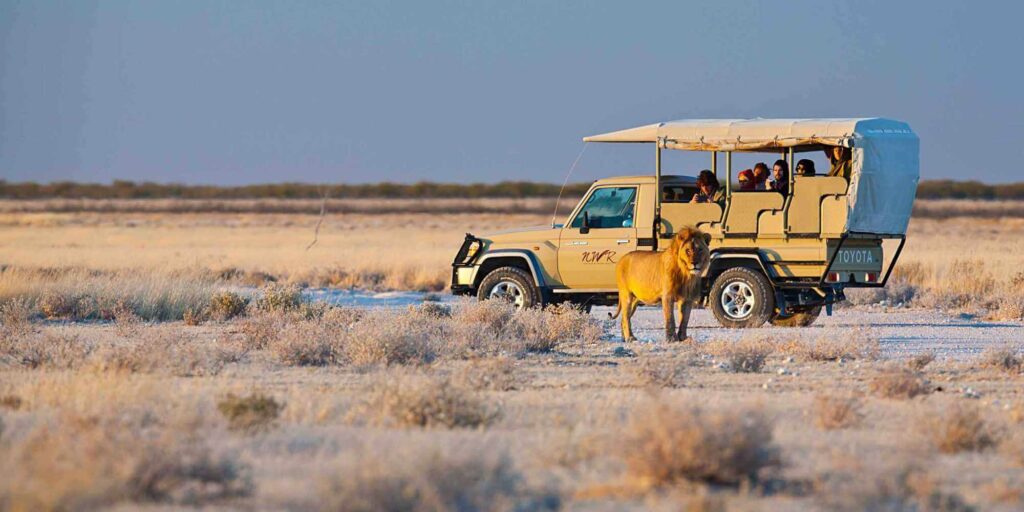
While Namibia falls short of its surrounding nations in terms of sheer wildlife density, it does provide excellent sights of desert species, as well as possibly the finest chance to see the region’s famed cheetah in action.
Etosha National Park is clearly the star of Namibia’s wildlife lineup, but it may get crowded during the dry season (July to September), when animals congregates near waterholes.
Affordable campgrounds and well-kept roads and tracks make this one of the best alternatives for self-drive safaris, while floodlit waterholes (such as Okaukuejo in the southwest) provide a unique opportunity to see lions, hyenas, and even black rhino at night.
South Africa’s Kruger National Park
The massive Kruger National Park (about the size of Israel or Wales) has something for everyone.
With a diversified wildlife population, including the Big Five (an estimated 1,500 lions but critically endangered rhinos), Kruger’s good road network means that most regions are accessible even with two-wheel drive cars.
This massive park, often derided as “tame wilderness” due to tarred roads and good infrastructure, measures 414 kilometers from Crocodile Bridge in the south to Pafuri Gate in the north – for added wilderness appeal, head farther into the less-visited tracks and trails of the north.
